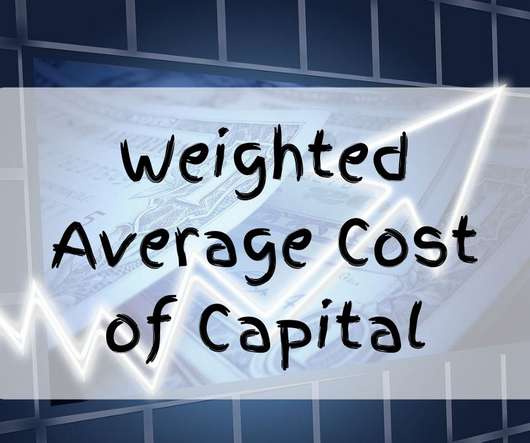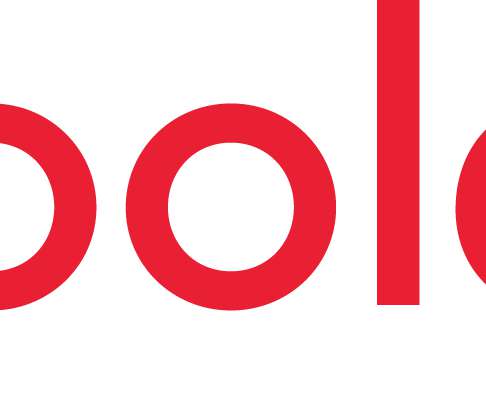What is Weighted Average Cost of Capital (WACC)?
Andrew Stolz
AUGUST 5, 2020
The optimal capital structure of a company is the proportion of debt and equity financing that maximizes the company’s value while minimizing the cost of capital (WACC). Formula: [Cost of Equity * % of Equity] + [Cost of Debt * % of Debt *(1 – Tax Rate)] + [Cost of Preferred Stock * % of Preferred Stock].


















Let's personalize your content